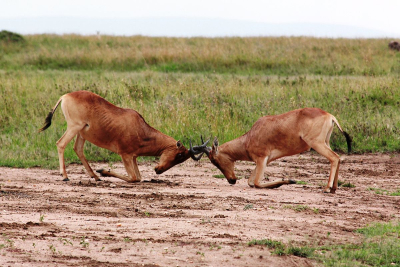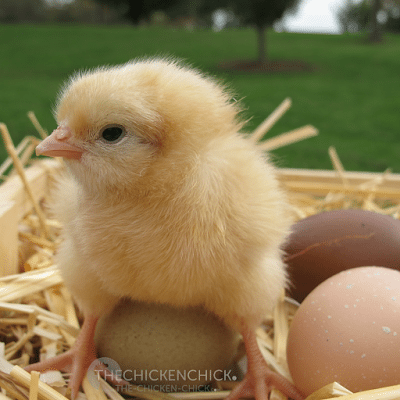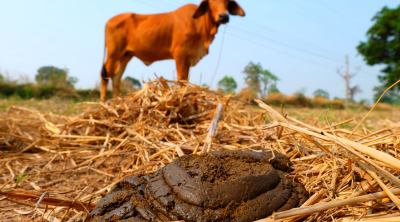
Competition occurs everywhere, be it among peers or siblings. Even in the wild. Competition in the ecology is considered a negative interaction and happens when resources are limited. An ecological interaction in which competition occurs between members of the same species, as they compete for limited resources (for survival and reproduction), is called intraspecific competition.
This occurs when the niches overlap, that is, when the members use the same resources and the resources become limited. In the case of animals, the resources induce food. water, territory and mates. For plants, the resources they compete for include light, water, root space and minerals.
Competition can be categorised into two-intraspecific and interspecific. The former occurs between individuals of different species. The latter, as explained, occurs between individuals of the same species. And as such, this competition is more intense as they are competing for the same niche! Here the animals are using the same resource which is in limited supply. And the better the competitor, the better are the chances of survival.
This form of competition can further be classified into scramble and contest. Scramble competition is when individuals depend on declining available resources even as the number of competitors increases. This is an indirect form of competition. The contest or interference competition is rather a direct form of competition and here the competitors defend the resources from others.
What happens to a species when there is intraspecific completion?
Intraspecific completion directly impacts the species and suppresses its growth. For instance, the young ones of certain species can take longer to mature in crowded conditions. When there is a high population density, the number of young ones the members of the species can produce decreases. Further, it is often seen that when there is a high population density, many juvenile animals will move away from the regions in which they were born.
This is because they could find territories with more resources and less competition. This dispersal phase can also be detrimental as there is no surety that they will find sufficient resources. They also risk predation as they traverse unfamiliar territories.
It also affects the population size. This is because when there is a high population density, growth is affected, fecundity (the biologic capacity to reproduce) is suppressed and survival is impacted. As such the population starts declining. Once the population has lowered, fecundity starts getting better and survival chances increase. The population then starts growing.
Picture Credit : Google


